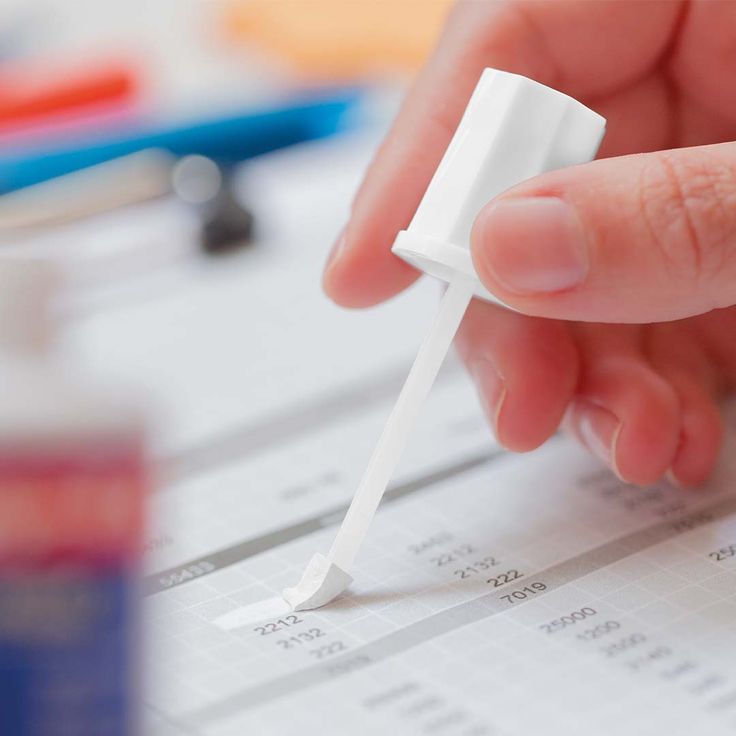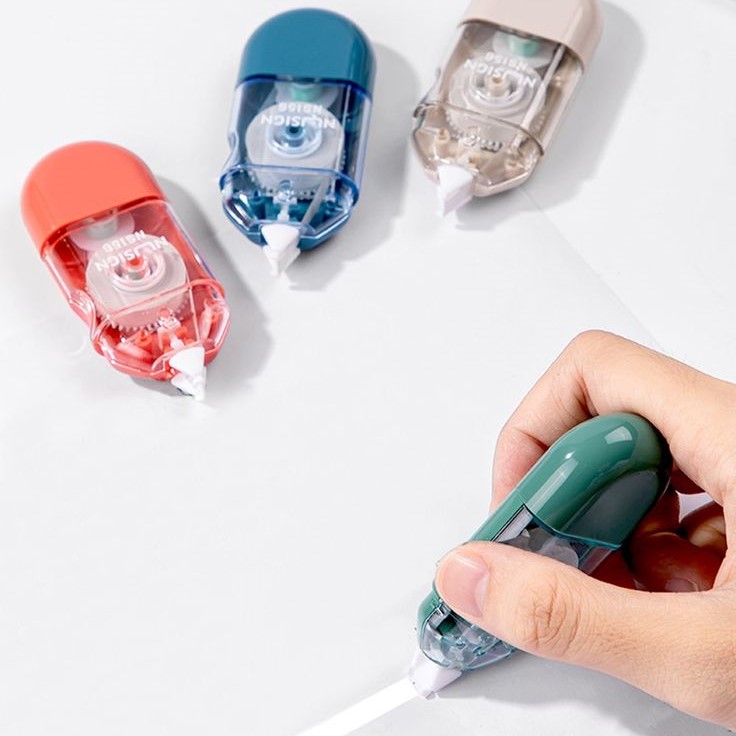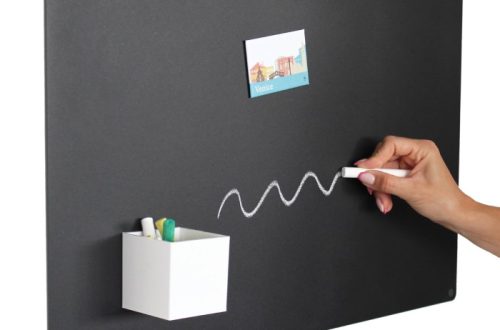Introduction
In an era dominated by digital tools and technology, many traditional stationery items have faded into obscurity. Yet, despite the rise of computers and various software applications, correction fluid remains an indispensable tool for those who engage in handwritten tasks. This simple yet effective product has transcended time, proving its relevance in classrooms, offices, and homes alike. Many people still rely on correction fluid for quick fixes, adept editing, and precise corrections. In this article, we will explore the significance of correction fluid, its various uses, and why it continues to be essential in the age of digital communication.
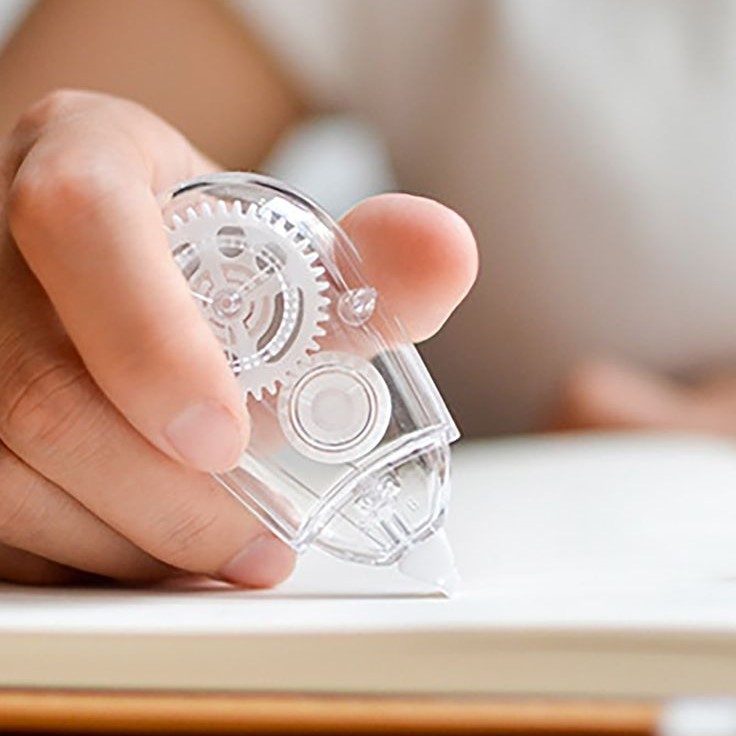
What Is Correction Fluid?
Correction fluid, commonly referred to as “white-out,” is a liquid product designed to cover mistakes made while writing or typing. It comes in small bottles with a brush applicator or as a pen-style applicator for added convenience. The fluid dries quickly to create a clean, opaque layer over the original writing, allowing users to write or type over the correction.
- Composition: The primary ingredients in correction fluid typically include solvents, pigments, and resins. These components work together to create a smooth, quick-drying product that effectively conceals errors. Common solvents used in these formulations may include toluene, and they help to ensure the fluid dries rapidly once applied.
- Application Methods: Correction fluid generally comes in two primary application methods. The brush applicator allows for precise application, while pen-style correction fluid enables quick corrections and greater control. Both options provide versatility depending on the user’s preference and the extent of the errors to be corrected.
- Drying Time: After applying the correction fluid, it usually dries within a few minutes. This rapid drying time makes it preferable for situations that require quick fixes, such as during meetings or exams.
Understanding what correction fluid is and how it works sets the stage for exploring its importance in handwritten tasks.
The Relevance of Correction Fluid in Handwritten Tasks
Despite advancements in technology, correction fluid continues to serve significant roles in various handwritten tasks. Here are several reasons why it remains essential:
- Quick Fixes for Errors: One of the primary functions of correction fluid is its ability to provide quick fixes for mistakes. Whether it’s an incorrect spelling, a misplaced number, or an extra line, applying correction fluid allows users to make edits seamlessly. Particularly in academic settings, where pen-and-paper tasks persist, this fluid proves invaluable for maintaining neatness and professionalism.
- Enhanced Presentation Quality: In many professional and educational environments, presenting clean and organized work is vital. Correction fluid helps achieve that by covering inconsistencies. When a piece of writing is free from visible errors, it enhances clarity and leaves a positive impression on readers.
- Versatile Use in Various Contexts: Correction fluid is not limited to just academic tasks; its versatility allows it to be used for multiple purposes. It is commonly utilized by students, office workers, artists, and anyone who engages in handwritten note-taking or documentation. For instance, artists may use correction fluid to create intriguing designs or visual elements in their artwork.
- Affordable and Accessible: Correction fluid is remarkably affordable and easily accessible. Whether purchased in bulk for classrooms or individual use at a local stationery store, it presents an economical solution for error correction, making it especially valuable in areas with budget constraints.
- No Technology Required: Unlike digital methods for correcting mistakes, such as editing software, correction fluid does not require any technological devices. This independence from technology is essential for individuals who prefer handwriting notes or conducting business on paper.
Choosing the Right Correction Fluid for Your Needs
With various types of correction fluids on the market, selecting the right one can enhance the correction process. Here are a few factors to consider when choosing a correction fluid:
- Applicator Type: As mentioned earlier, white-out comes in both brush and pen applicators. Brush applicators allow for wider strokes, making them suitable for covering larger sections. In contrast, pen applicators provide precision for smaller errors, so consider your common writing tasks before making a selection.
- Drying Time and Finish: While most correction fluids dry relatively quickly, variations exist. It is crucial to read product descriptions and user reviews to identify options that suit your speed needs. Additionally, consider whether you prefer a matte or glossy finish, as some fluids are designed to mimic the original appearance of paper better than others.
- Non-Toxic and Eco-Friendly Options: If health and environmental concerns are important to you, look for non-toxic and eco-friendly correction fluids. Several brands now offer alternatives that minimize harmful ingredients, promoting safer use, especially in educational settings.
- Brand Reputation: Some brands have built a reputation for quality and reliability. Investigate customer feedback and recommendations to choose a trusted brand that delivers results and has a strong track record.
- Additional Features: Some correction fluids come with extra features, such as pens that offer colored correction options, enabling subtle or creative corrections. Depending on your writing requirements, these features may enhance your overall experience with the product.
Tips
Using correction fluid is a simple task, but adhering to a few best practices can enhance its effectiveness. Here are some tips for better use:
- Shake Well Before Use: Make sure to shake the correction fluid bottle before applying it. This ensures that the ingredients are mixed appropriately and will spread evenly during application.
- Apply Thin Layers: Instead of heavily saturating the area, opt for light applications. This approach dries faster and produces a smoother finish. Applying multiple thin layers allows for better control and flexibility.
- Wait for Drying: Allow adequate drying time before writing over the white-out. Even though most fluids dry quickly, ensuring it’s sufficiently dry prevents smearing and guarantees a clean writing surface.
- Store Properly: Keep correction fluid stored in a cool, dry place with the cap tightly closed when not in use. This practice helps to extend the lifespan of the product and prevents it from drying out prematurely.
- Test on Scrap Paper: If unsure about how the fluid will interact with specific paper types, test it on a piece of scrap paper first. This ensures that you’re aware of any potential issues before applying it to important documents.
By following these tips, you can optimize your experience with white-out and ensure efficient usage for various handwritten tasks.
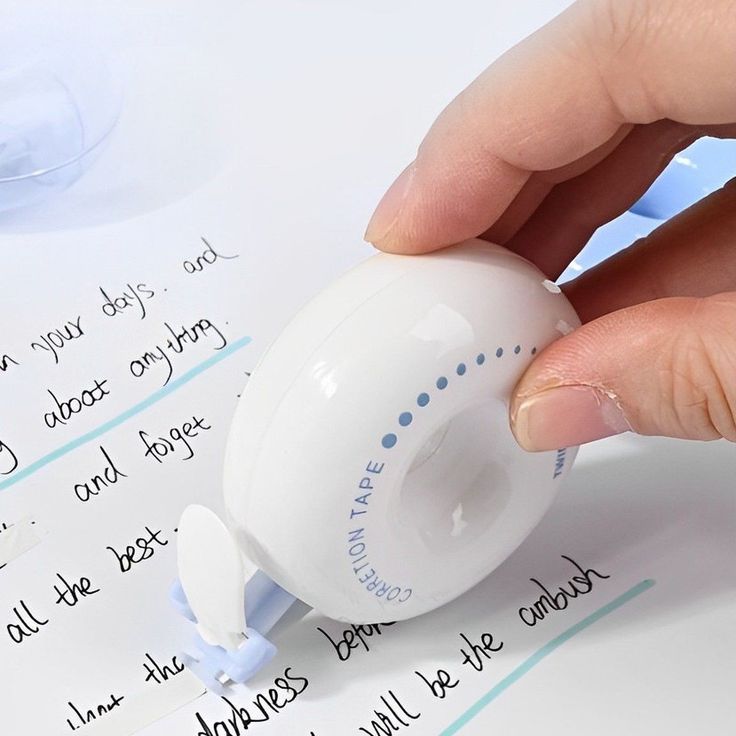
The Future
As technology advances and digital tools become the norm, many people may question the continued relevance of correction fluid in our writing practices. While digital editing tools offer remarkable convenience, there remains a segment of users who prefer the tactile experience of traditional handwriting. Below are some key reasons why white-out will likely continue to hold its place in the writing world.
Nostalgia and Personal Touch
- Personal Connection to Writing: Handwritten notes often carry a stronger emotional weight than digital text. The effort put into writing by hand creates a more personal connection, making these notes feel unique and special.
- Creative Expression: For many, the act of writing provides a creative outlet. When individuals put pen to paper, they often express their thoughts and feelings in a way that typing cannot replicate. Correction fluid enhances this process by allowing users to make mistakes and correct them, thereby encouraging free-flowing creativity rather than perfectionism.
- Physicality of Handwriting: The physical act of writing engages fine motor skills and cognitive functions differently than typing. This engagement can enhance memory retention and information processing, making handwritten notes more effective for learning.
- An Element of Art: Handwriting can be seen as an art form. Many people enjoy the aesthetics of handwriting styles and the visual appeal of handwritten documents. Correction fluid plays a vital role in this artistic process by allowing individuals to refine their work without erasing their original thoughts.
Growth of Hybrid Workspaces
- Rise of Remote Work: With the increasing prevalence of remote and hybrid work environments, many individuals still prefer using paper-based documentation for various tasks such as brainstorming, planning, or note-taking. Handwritten notes allow for flexibility and spontaneity that typing often lacks.
- Organizing Ideas Effectively: For brainstorming sessions or when organizing complex ideas, physical paper allows users to jot down thoughts quickly, draw diagrams, or create mind maps. Correction fluid serves as a practical tool for maintaining neatness in such scenarios, ensuring ideas remain visible and organized.
- Enhanced Collaboration: In hybrid workplaces, team members may meet both virtually and in person. During in-person sessions, whiteboards and flip charts can be invaluable. Correction fluid helps keep these tools tidy, allowing for clear communication among team members.
- Flexibility of Use: Different projects may require different methods of documentation. The continued use of white-out caters to the diverse needs of hybrid workspaces, where traditional writing methods may still dominate alongside technology.
Educational Applications
- Handwriting Still Prevails: Despite the digital age, many educational institutions emphasize the importance of handwriting. Students often learn to write by hand in early education, so handwritten tasks remain common.
- Error Correction in Exams and Assignments: Teachers and students frequently use white-out fluid to create error-free documents during exams or assignments. Quick fixes allow students to maintain the integrity of their work while addressing mistakes.
- A Practical Teaching Tool: Educators can use correction fluid to demonstrate proper writing practices and to guide students in improving their writing skills. This valuable teaching aid reinforces the importance of precision in handwritten work.
- Budget-Friendly Resource: Schools and educational institutions often return to budget-friendly resources. Correction fluid is an affordable option for correcting errors in student work, ensuring its continued demand in educational settings.
Ease of Use
- User-Friendly Experience: While numerous technological tools facilitate editing, some individuals find them to be cumbersome or complicated. Correction fluid remains a familiar solution that is easy to use and understand, appealing to those who favor simplicity.
- Quick Accessibility: Correction fluid can be quickly accessed and applied without the need for any complicated setup, making it practical for the casual user who may need to make rapid corrections.
- Low Learning Curve: Unlike digital editing tools, where users may require training or guidance to navigate various features, white-out fluid has a straightforward application process. This simplicity makes it ideal for people of all ages, including young students.
- Versatility Across Mediums: Correction fluid is not limited to paper; it can also be used on various types of documents and materials, including cardstock and envelopes. This versatility grants users the flexibility to correct mistakes across multiple mediums.
Conclusion
In conclusion, correction fluid remains essential for handwritten tasks, despite the prevalence of digital alternatives. Its ability to provide quick fixes, enhance presentation quality, and remain adaptable across various contexts solidifies its importance. Whether you’re a student, an office worker, or an artist, correction fluid can help maintain neatness and professionalism in your work. By understanding the different types and features available, as well as the practical tips for effective usage, you can ensure that you always have the right tools at your disposal. Ultimately, in a world constantly revolving around technology, correction fluid stands out as a testament to the enduring value of traditional stationery products.
